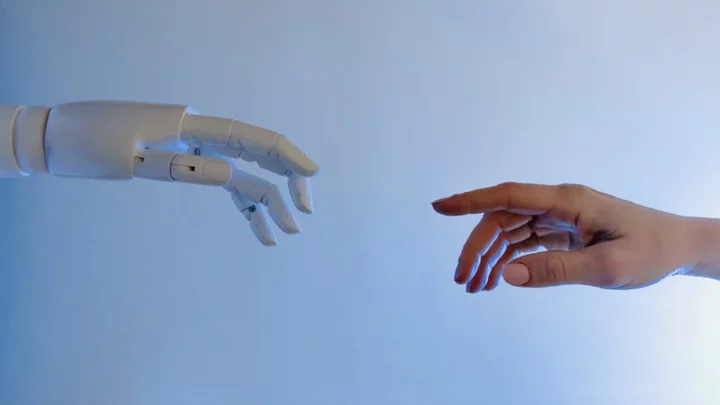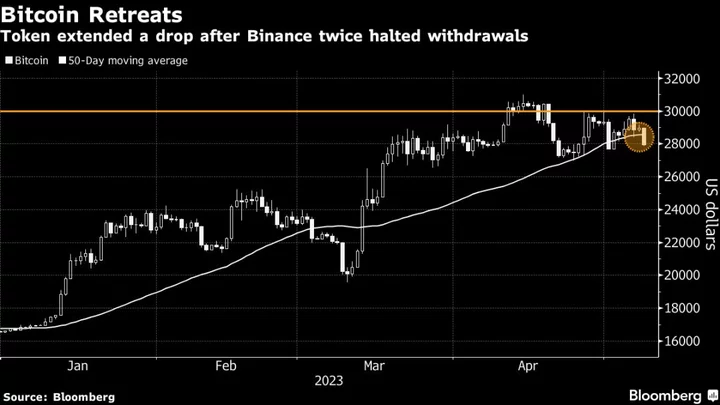
When Elon sparred with Christine: 3 takeaways from their on-stage interview
Elon Musk sat down in April for an on-stage interview with Christine Yaccarino, the advertising executive he named as Twitter's new chief executive on Friday
2023-05-13 09:53

Valorant Patch 7.04 Agent Tier List
Check out our Valorant Patch 7.04 Agent tier list that ranks all 22 Valorant Agents after they received buffs and nerfs in Valorant Episode 7 Act 2.
2023-08-31 04:50

Some Windows users are reporting 'update and shut down' bugs
It sounds like Windows is being annoying for some folks. Microsoft's PC operating system is
2023-08-01 00:27

Adobe creates futuristic 'quick change' dress that could end fast fashion
Adobe have unveiled a mind-blowing 'quick change' dress at their recent Adobe Max conference, and no one can quite believe how the future of fashion could look. Christine Dierk, a researcher, unveiled the seemingly ordinary dress, before showing how it can transform colour and pattern within a split second, with limitless options. "We’re excited for a future where there’s more ways to express yourself", she told the audience, as she demonstrated the product known as 'Project Primrose'. The company is reportedly hoping to replicate the technology onto other items. Sign up to our free Indy100 weekly newsletter
2023-10-18 19:59

King of the Big Stomach: Chinese eatery in trouble over dumpling-eating race
The contest flouts laws against food waste and "misleads" people into over-ordering, authorities say.
2023-07-11 13:47

Fortnite Chapter 4 Season 4 Launch Times for All Regions
Check out all the Fortnite Chapter 4 Season 4 launch times for all regions as fans await Fortnite Last Resort, set to drop on Friday, Aug. 25 at 4 a.m. ET.
2023-08-25 03:58

AI Experts Warn Artificial Intelligence Poses 'Risk of Extinction'
A long list of AI scientists, engineers, and other notable figures have signed a statement
2023-05-30 20:48

ChatGPT turns to business as popularity wanes
OpenAI on Monday said it was launching a business version of ChatGPT as its AI bot sensation grapples with declining usership nine...
2023-08-29 03:25

GM's OnStar to Rely Heavily on Google AI for Basic Customer Chats
OnStar has been a staple of GM vehicles since 1995. What started as a simple
2023-08-30 01:51

Xbox Game Pass Might Get Call of Duty, Diablo IV Next Year
Microsoft’s imminent acquisition of Activision Blizzard means the newest Call of Duty and Diablo games
2023-10-10 05:46

Chinese livestreamers set their sights on TikTok sales to shoppers in the US and Europe
Chinese livestreamers have set their sights on selling to TikTok shoppers in the U.S. and Europe
2023-07-19 12:15

This grade 'A' refurbished iPhone SE 2nd-gen is only $160
TL;DR: If your phone is feeling old and slow, you can upgrade for cheap by
2023-09-07 17:48
You Might Like...

Bitcoin Based-Memecoin Surge Seen Driving Binance Anxiety

Australian PM Faces Deteriorating Polls Even After China Success

ServiceNow Raises Sales Forecast, Bets on Boost From AI

Ready to Give Elon Your Money? How to Get and Use Twitter Blue

KuCoin Survey Reveals 59% of Crypto Users Eager for AI Advancements in Blockchain and Trading, Highlights Generational Trends

Amazon’s newest Kindle is a great addition to your library

The Best Windows Tablets for 2023

Social media could harm youth mental health, U.S. Surgeon General warns
